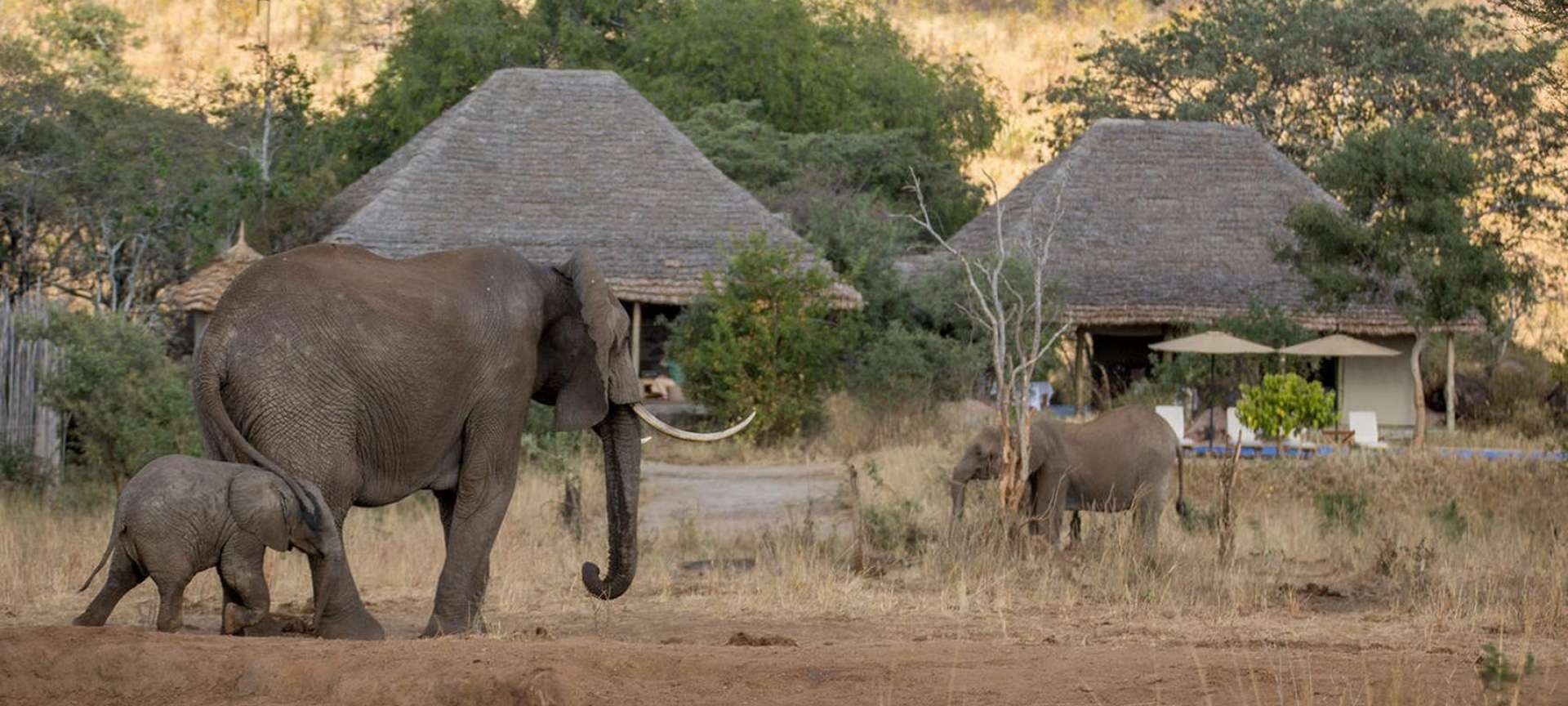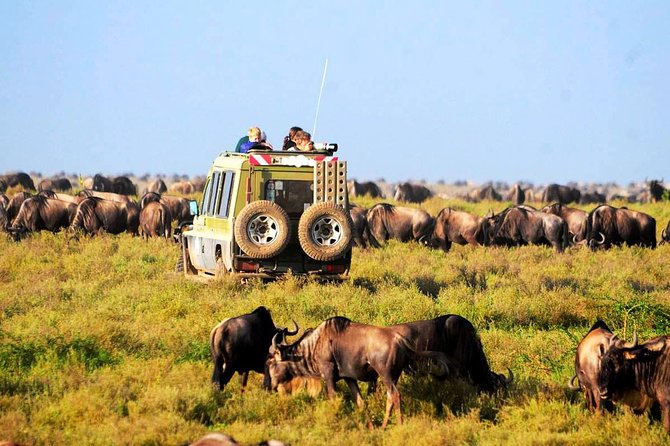Tarangire National Park – Activities & How to get there
Tarangire National Park is located between the meadows of Masai Steppe to the south east and the lakes of the Great Rift Valley to the north and west. Among the rolling area where the park lies, it occupies an area of 2,600 square kilometers. The perennial Tarangire River takes over the northern part of Tarangire. Through the cut ditches, the River flows upwards up to when it leaves the corner of the park, in the North West flowing into Lake Burungi. There are a number of wide swamps which dry into green plains during the dry season in the south.
Boasting a variety of wildlife as diverse as its landscape, Tarangire is also the park that can boast of being home to Tanzania’s largest population of African elephants. With four of the Big Five also residing within the park, it is a great spot for a day trip from Arusha or as an addition to a Serengeti/Ngorongoro-centered itinerary.
Named for the Tarangire River which flows through it, the park is an excellent choice during the dry season when animals are forced to move closer and closer to the river in search of water. Set against a backdrop of majestic baobab trees and twisted acacia, it makes for a beautiful experience.

How to get there
By Road
Most people identify a safari to Tarangire as a loner Safari. Tarangire ranks as part of the famous northern safari circuit and is definitely visited alongside with Serengeti and the Ngorongoro crater. Arusha town is a starting point to many for most of the safaris to this circuit.
By air
Flying into Kilimanjaro International AirPort (KIA) is the best option to get to Tarangire. This is located, 46 kilometers (29 Miles) from Arusha. Another possibility is to fly into Julius Nyerere International Airport (DAR) which is near Dar es Salaam and then arranging for a domestic flight at Arusha Airport (ARK).
Attractions at the Tarangire National Park
Tarangire is a habitat to plenty of wildlife like zebras, searching for underground streams in the dry river beds, flocks of up to about 300 elephants can be found. The shrinking lagoons are gathered around by migratory wildebeest, eland, gazelle, impala, zebras, kudu, rhino, hartebeest buffalo and other smaller mammals. Also regularly spotted are the dry country antelope like the long necked gerenuk and fringe eared Oryx.
Birding in Tarangire
Enjoy spotting a large batch of colorful and exclusive bird species. Over 550 different bird species are housed with the swamps that are spread all over Tarangire.
Sightseeing Trips
As a dominant feature within this park, the Tarangire River stands out. Even when it is very dry, the park has thick vegetation with acacia shrubs and mixed woodland. The huge baobab trees that are scattered around in huge numbers make your safari trip a memorable one.
There are a number of chances to explore the region on walk safaris even if the park is hidden and relatively unknown. Walking safaris give you a more learning experience about the smaller animals within the bush land and a better way of spotting the animals at close range without disturbing them.
Experience a better different world by taking a trip to a Masai or Barabaig village with numerous ancient paintings, in the neighborhood with Kolo on Dodoma road.
Taking into consideration of what you are looking for in terms of wildlife and bird watching, you can travel to Tarangire National park for your safari to Tanzania. The dry season offers you the best time to watch lots of animals which comes between June and September being the best time to go on a safari.

Rules while at the Tarangire National Park
- -Driving in the parks is allowed between 6 am and 6 pm only
- -Do not exceed 50km/h and no more than 25km/h in the Ngorongoro Crater
- -Camping is permitted only in designated sites
- -In the Ngorongoro Crater, picnicking is allowed only at designated sites
- -Wild animals always have the right of way
- -Keep to the authorized tracks only. You will be fined if you are found off the main tracks
What to carry
Comfortable shoes, Warm clothing, Water proof bags, Umbrellas and hats.





